The recent American interest in the Panama Canal is grounded and rational — contrary to media characterizations of the renewed focus as a byproduct of the president’s impulsive fixations.
The Canal, as President Trump has correctly noted, was an American development in a nation that existed mostly as a consequence of American intervention.
Panama provided the setting for the Canal — and America provided the Canal itself, having taken on, in 1903, the project France failed to complete in 1890. In the 1960s, when the United States began preparing its handover — not its return — to the Panamanian state, the concession was understood as the price of peace with an ascendant Third World. There was also an unspoken assumption that the United States would remain the hemispheric hegemon, Canal Zone or no.
Several decades on, that assumption no longer holds. Neither does the sentiment commending the elevation of good feelings over hard power. With that in mind today, a clear solution presents itself: invite US Southern Command (SOUTHCOM), which was which was headquartered in the old Canal Zone until 1997, back to Panama.
The logic behind such a move is compelling. It is well understood in 2025 that the Torrijos-Carter Treaties of 1977 were a strategic mistake on the American side — an unforced error that handed a global-strategic chokepoint over to a then-dictatorship, which was never consonant with friendship with the United States. That the Americans were compelled to invade Panama and remove its regime in the following decade should have highlighted the rickety foundation of the new dispensation. But in 1989, the United States was not particularly conscious of the limits of its power.
In the following years, American armed forces terminated their near-century-long presence in Panama — and the final handover of the Canal to Panamanian administration and governance.
Then, in validation of some of the worst fears of the handover’s original critics, Chinese state-controlled enterprises started to gain a hold in the Canal’s operations. Panama became the first Latin American state to join Xi Jinping’s signature “Belt and Road Initiative” for the promotion of Chinese influence and operations across the globe. Although the PRC never directly controlled or operated the Canal, its commercial proxies’ engagement in its infrastructure and port operations provided Beijing with strategic options within the Western Hemisphere when and if needed.
Even if the issue of PRC involvement in Canal operations were fully resolved, as it appears it may be, the assumptions that first allowed the Americans to safely relinquish it no longer apply. We have now seen that hostile extra-hemispheric powers can establish themselves within both the Canal itself and Panama more broadly. Add in the immense trafficking and cartel activity that takes place within Panama proper — the mass treks across the Darien Gap being the most dramatic examples — and it is clear that Panama simply cannot guarantee the one surpassing strategic item America requires of it in its administration of the Canal: security.
The United States is fully justified in re-establishing itself in the region. This is true of any of its near-abroad interests and passages: not just the Panama Canal, but the Caribbean basin, the Gulf of America, the Northwest Passage, and the oceanic approaches to American shores. The Trump administration sees clearly that few of these may be assumed secure — and so American action is required.
The Panamanian view seems to be that proving itself a cooperative partner is sufficient reassurance in this regard. Its current government commendably sought positive outcomes from the recent visit of secretary of state Marco Rubio. Panama is leaving the Chinese “Belt and Road,” and Panama is taking in third-country nationals as part of the American deportation effort. This is properly understood, however, as a good start rather than a conclusion. The major issue between the two nations — the security of the Canal — remains unresolved. Panama by its nature is too small and lacking in sufficient hard power to act as a guarantor. A Great Power will be engaged in guaranteeing the Canal — the only question is which. China had its moment: but the logical and inevitable participant in this enterprise can only be the United States.
This is where Panamanian statesmanship ought properly come to the fore. A restoration of the Canal Zone is a conceptual and political impossibility to Panamanian governance, as is an American takeover of the Canal’s operations. But Panamanian policymakers need not contemplate those options should they focus upon the core US requirement of security.
SOUTHCOM is currently based in Florida, but whether the Combatant Command headquarters returns southward after nearly thirty years is irrelevant. What matters is that the invitation is issued — and then, perhaps, SOUTHCOM may establish a base for the security of the Canal in Panama itself. (SOUTHCOM’s forward-expeditionary Joint Task Force-Bravo at Soto Cano Air Base in Comayagua, Honduras, would be an excellent candidate for relocation.) There will be no need to reoccupy the whole constellation of old facilities that once constituted the Canal Zone garrison. A single facility, on otherwise unoccupied land, will do — for example the old Fort Sherman at the Canal’s Atlantic end. American requirements would be met — and Panamanian sovereignty would be preserved.
A revived US military facility for the defense of the Canal would send a powerful political message, and would also redound to Panama’s benefit in myriad ways. The question for Panama vis-à-vis the Canal, as it is for Denmark vis-à-vis Greenland, is not “How do we keep the Americans out?” but “How do we invite the Americans in?”
We shall see whether the Panamanians possess the discernment and statecraft to provide a good answer, as inviting US control back to the canal is in Panama’s best interest.



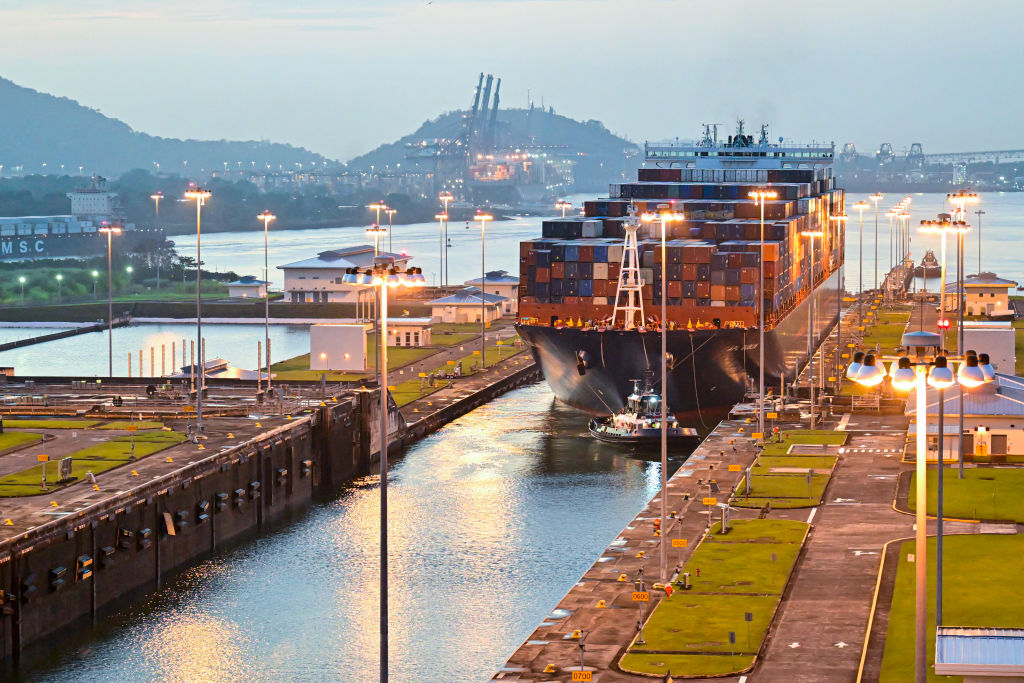






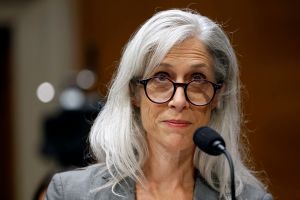
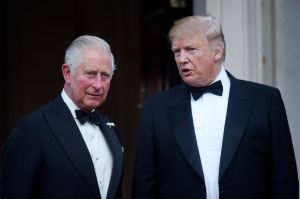
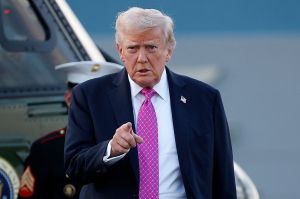
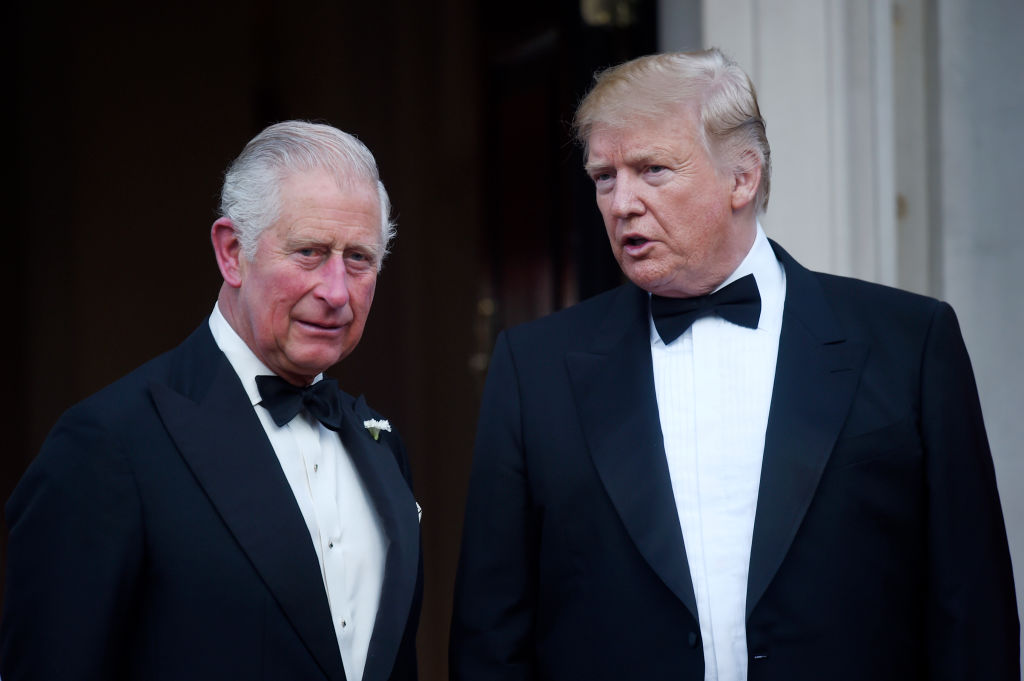
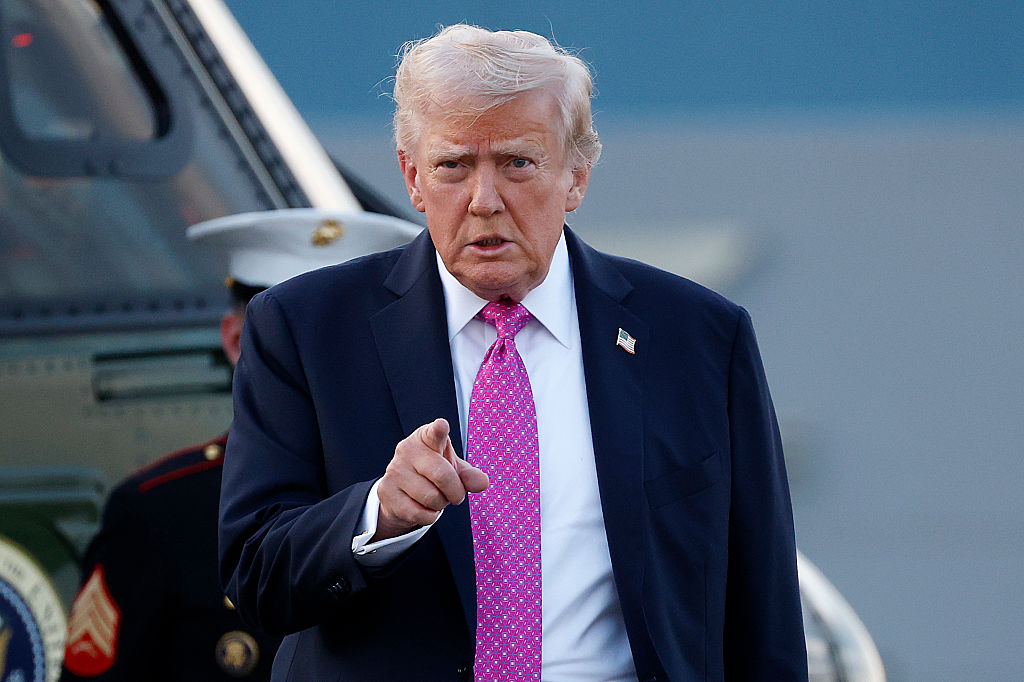
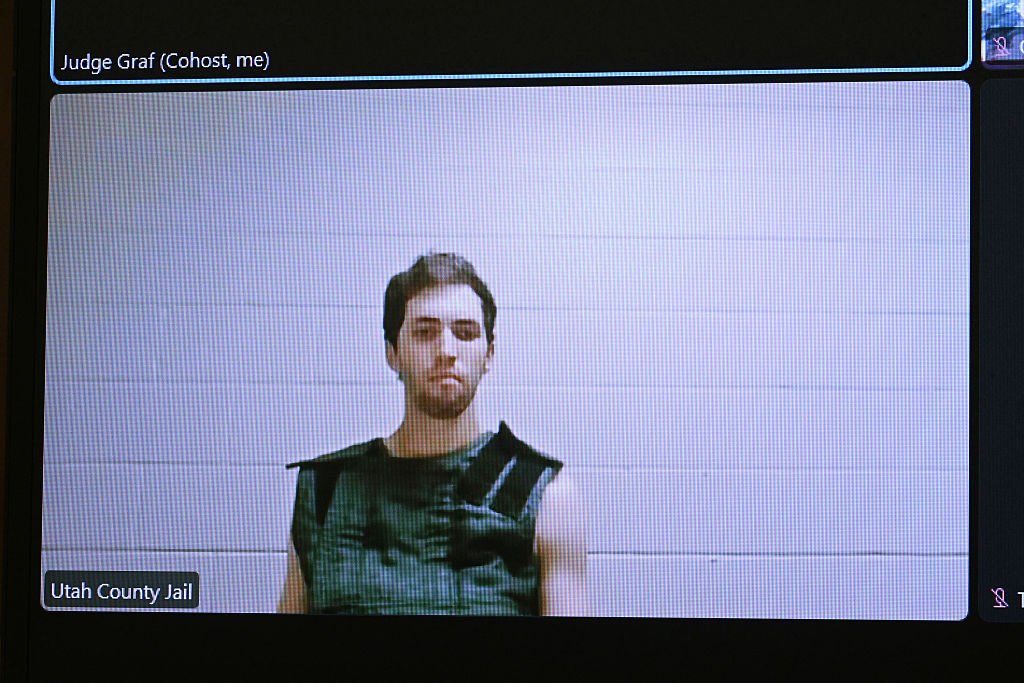
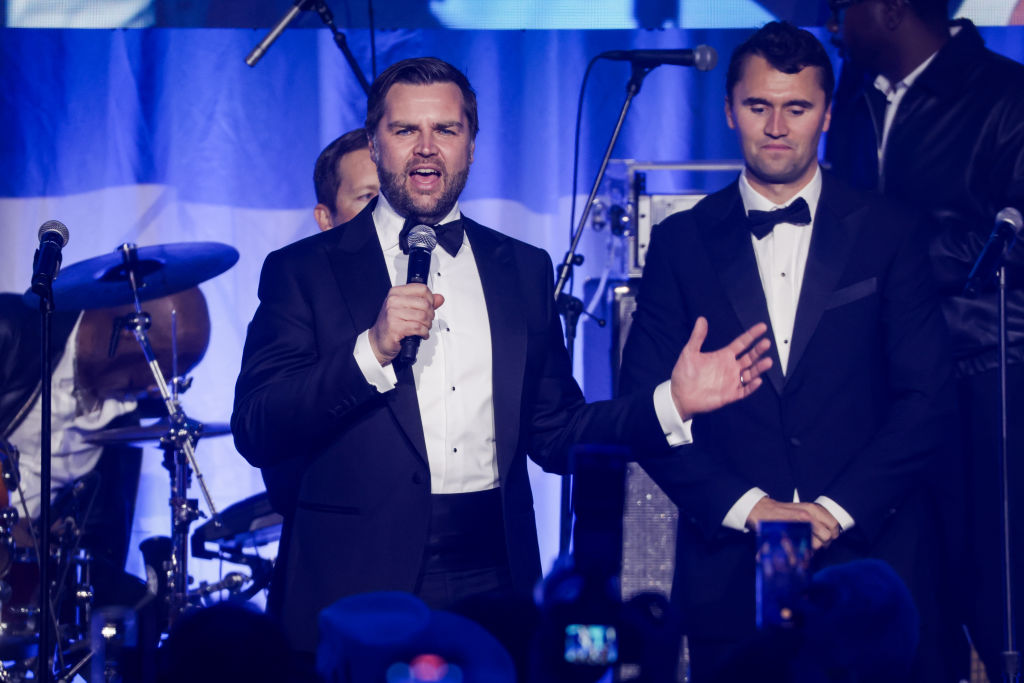
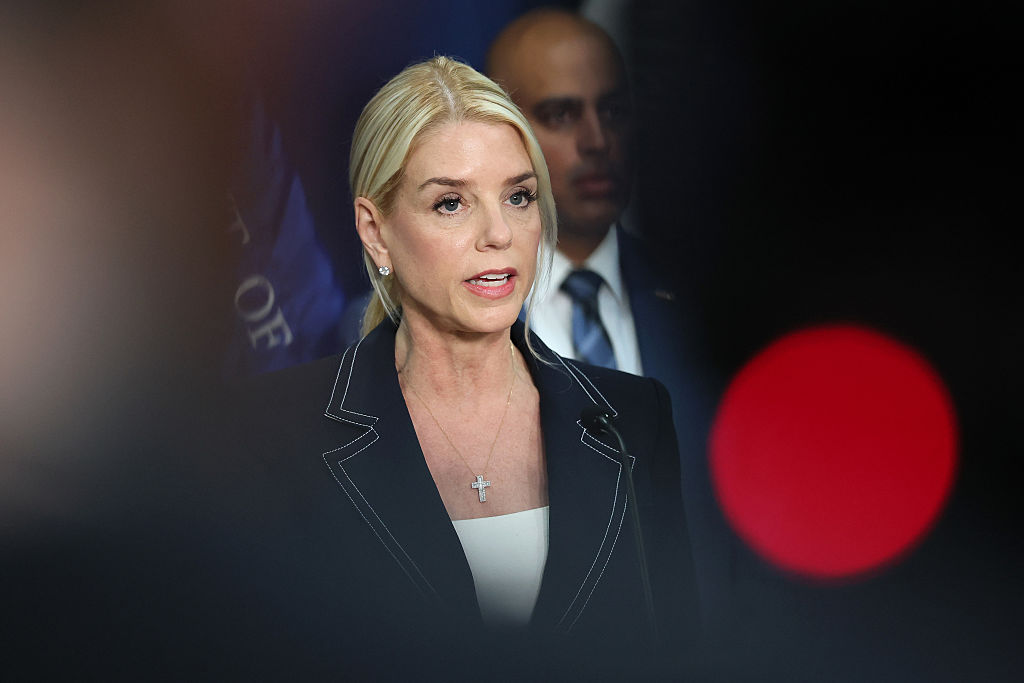
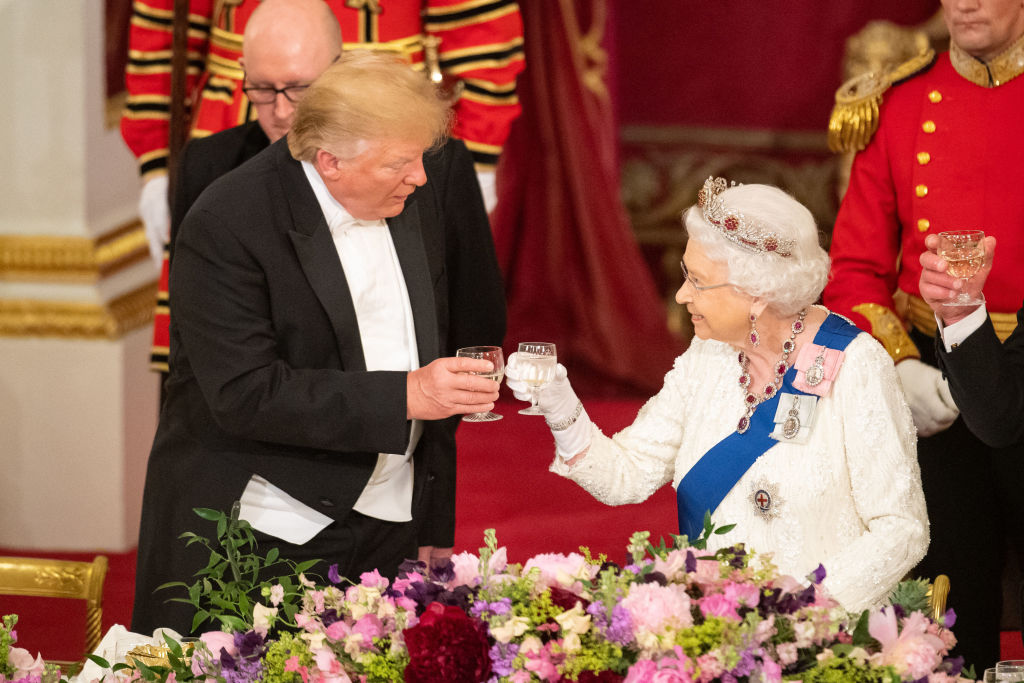

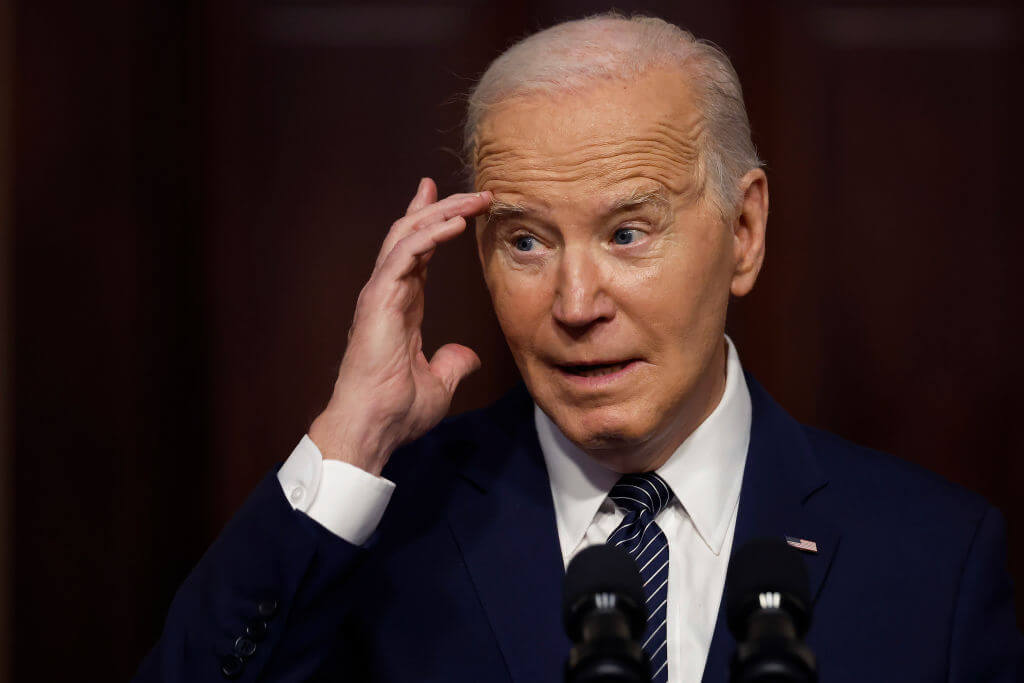



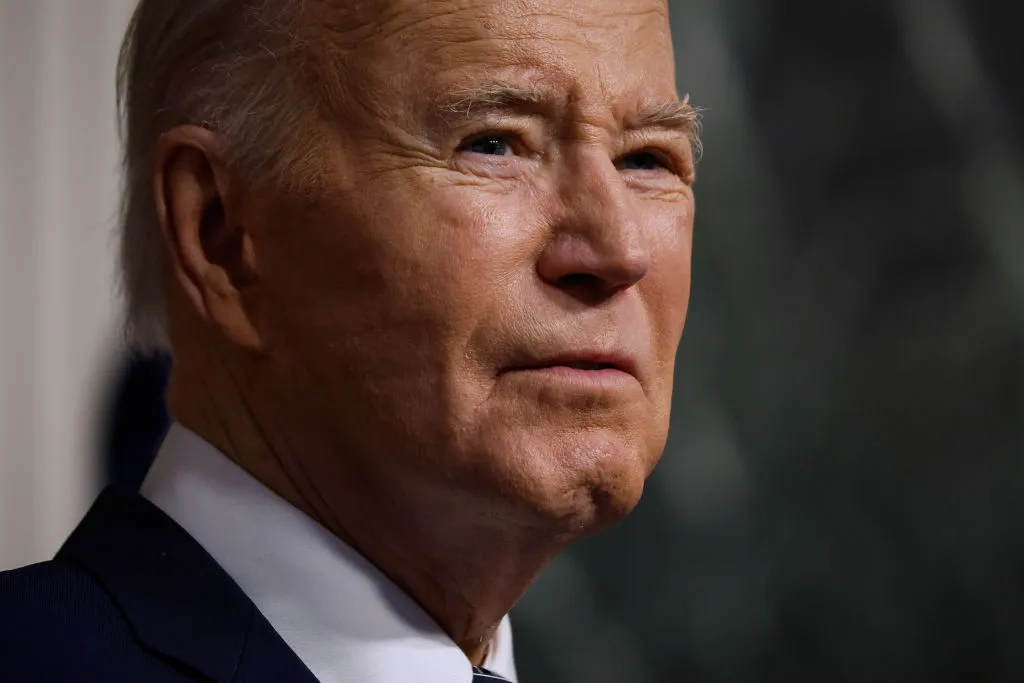

Leave a Reply